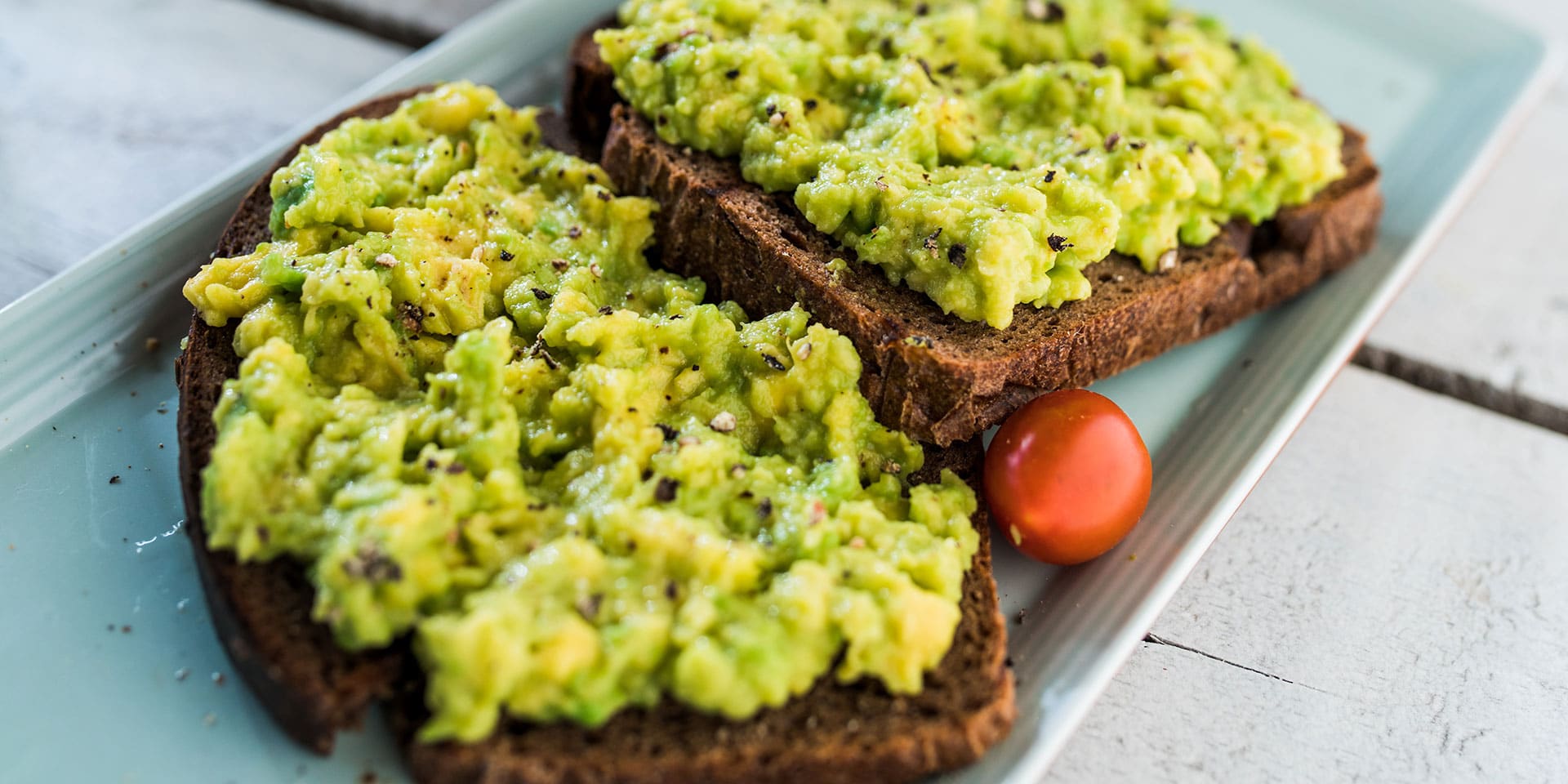Since Australia was colonized in the late 1700s, wave after wave of settlers have arrived on its shores. Each nationality brought their own food, from the Brits with their wheat flour and salted meat to the Chinese Gold Rush migrants with their noodles.
Today, to walk down a high street in any Australian city is to experience a world of food in a single block—delicate parcels of dim sum stuffed with local seafood, towering burgers stacked with beetroot and egg, steaming bowls of pho, gelato sundaes, za’atar-dusted flatbreads rolled around juicy lamb.
No wonder Melbourne and Sydney are considered some of the best cities in the world for foodies.
Captain kangaroo
Most countries that experience long-term immigration see their food culture grow like a tapestry, new threads weaving around the oldest ones. That hasn’t happened here.
For at least five millennia before the first Europeans appeared on the continent’s beaches, aboriginal communities were thriving on a highly nutritious diet made up of around 6,000 edible plants, animals and fish. But only in the last few years have Australian cooks started to realize the value of native foods like kangaroo, emu and the kakadu plum.
Today, kangaroo meat appears on high-end restaurant menus and can be purchased at supermarkets and butchers—although 50 percent of Australians still say they’ve never tried it, despite it tasting much like venison or beef. (Unless you’re cooking the tail, which needs a long, slow braise to become tender, most cuts should be cooked on the rare side—at only 2 percent fat, kangaroo is quick to become tough.)
In the centuries since colonization, the accepted history became a story of Europeans introducing agriculture to an uncultivated continent. This is only partly true. While Europeans did indeed bring cattle and sheep, aboriginal groups were already farming on terraces and rearing fowl for food.
Kangaroos were hunted, but only rarely, since one animal could feed a large group. In The Oldest Foods on Earth, A History of Australian Native Foods, John Newton traces the story of how foods like kangaroo were rejected by settlers, who accepted little native meat except fish, yabbies and oysters, despite the very earliest arrivals surviving only thanks to unfamiliar aboriginal foodstuffs.
Over the next 200 years, rationing and resettlement decreased aboriginal access to their traditional foods and ways of life. Although there are some recipes for cooked kangaroo that date back to the 1930s, it was technically illegal to sell kangaroo meat for anything other than pet food until 1993, and it gradually faded from the culinary consciousness.
Today, thanks to pioneering chefs who braved what Newton calls ‘food racism,’ kangaroo is more popular among Australians than ever. But its use—and export—comes with problems: hunting, although legislated, takes place in remote areas, usually at night, which makes it hard to control, raising questions about hygiene as well as animal welfare.
The current law considers it humane to kill any dependent young at the same time, meaning some 800,000 joeys are lost each year, too. Aboriginal elders have petitioned the government to change its policy and promote higher kangaroo welfare, but without success.

Cafe society
Like so many foods, the origins of the avocado smash, aka avocado on toast, and its constant companion, the flat white coffee, are hotly disputed. There is no definitive recipe for the combination of avocado, citrus and salt.
Celebrity chef Bill Granger certainly used it on the menu at bills in Sydney, in 1993, but even he won’t lay claim to inventing it, suggesting the idea came from his customers. Some Australians reckon they were eating it as children more than 40 years ago, avocados having been grown commercially in the country since the 1930s.
In fact, Australians eat nearly 8 pounds per capita each year and in January 2016, a brief avocado shortage sent prices up to nearly AU$5 a fruit.
In the last decade the avo smash has spread like wildfire worldwide, in part because it’s healthy, but also because chefs love the dish—margins are high and it requires very little skill to prepare. What’s certain, though, is that it started life in Australia, rather than the New York’s Cafe Gitane (which is sometimes erroneously given the honor) or on the pages of one of Gwyneth Paltrow’s cookbooks.
The flat white, meanwhile, is the subject of a tussle between two baristas. One, an Australian, Alan Preston, claims he invented the coffee in 1985 in Sydney. The other, Fraser McInnes, is from New Zealand and claims that his flat white is simply a failed cappuccino in which the milk didn’t froth.

On the counters of the same cafes burning through Australia’s avocado crop and brewing up cupfuls of Preston’s or McInnes’ coffees, you’ll often see a jar of Anzac biscuits—a daily reminder of the deep connection between Australia and New Zealand (at least, when they’re not arguing about hot drinks).
Anzac stands for the Australian and New Zealand Army Corps, and the apocryphal story goes that these oat and golden syrup biscuits were made by Australian women and sent to soldiers at Gallipoli in World War I, where huge losses were sustained.
The true story is that the men fighting the Ottomans would actually have eaten tooth-breaking hard tack crackers, also known as Anzac biscuits. The sweeter oat-filled versions were more likely sold at fundraisers for the war effort, and were then called ‘soldiers biscuits.’ The association stuck, and the biscuits have become a symbolic part of the culinary landscape in both countries.




